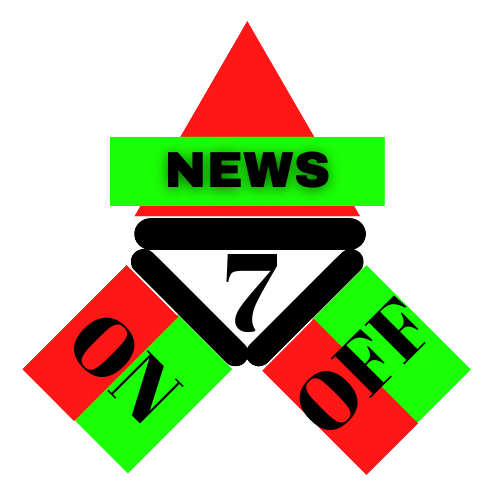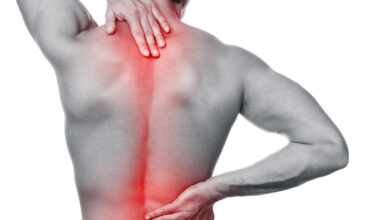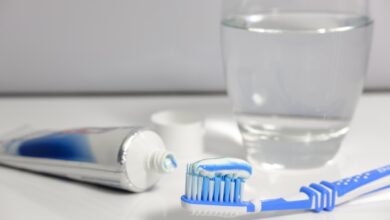What Is De Quervain’s Tenosynovitis?

Our prehistoric ancestors began using their hands, very much as we do, over 70 million years ago. Our hands are so vital that they can even replace our eyes, as any blind person will attest.
For this reason, something like De Quervain’s tenosynovitis can take a significant toll on our daily lives.
But what is De Quervain’s tenosynovitis, and how do we heal it? Read on to find out.
What Is De Quervain’s Tenosynovitis?
De Quervain’s tenosynovitis, sometimes called De Quervain tendinitis, happens when the tendons on the thumb’s side of your wrist, attached to the bottom of the thumb, become swollen and painful. Thus, swelling and pain will happen if the tendon is squeezed by the sheath that it goes through between the hand and the wrist.
You will feel discomfort as well as tenderness to the touch when moving your thumb, trying to make a fist, grabbing onto something, moving your wrist, or lifting something heavy in front of you. Causes of De Quervain’s tenosynovitis can include overuse, repetitive movements, pregnancy, or rheumatoid arthritis.
Diagnosis of De Quervain’s Tenosynovitis
De Quervain’s tenosynovitis may be diagnosed by your primary physician. In order for them to do so, they may ask you to perform a test known as a Finkelstein test. This test is easy to do; you could even do it at home, although always refer to a qualified physician or therapist for medical diagnoses.
To perform the Finkelstein test, first, bend your thumb flat across the palm of your hand. Then fold your fingers down over your thumb as if you were making a fist. Finally, bend your hand at the wrist in the direction of your little finger. If this causes pain on the thumb side of your wrist, you probably have De Quervain’s tenosynovitis.
Treatment of De Quervain’s Tenosynovitis
Medical treatment of De Quervain’s tenosynovitis is limited in that one can only treat the swelling of the thumb and tendon inflammation, give it time to heal, try to keep the thumb mobile, and prevent the injury from recurring.
Drug treatment includes anti-inflammatory drugs and steroid injections to reduce inflammation. Physical therapy provided by a general practitioner may also include bracing of the thumb and wrist to minimize movement and rest the affected tendons.
You can avoid movement, especially repetitive motion, and apply ice to the area to reduce swelling.
Like many soft tissue injuries, healing usually happens in 4 to 6 weeks but also depends on the type of treatment and how soon treatment is started after the onset of the injury.
A last-ditch effort to resolve severe or persistent De Quervain’s tenosynovitis is surgery. The surgery involves opening up the wrist and cutting the sheath around the tendons, allowing them to move freely once again.
Consulting an excellent physical therapist is also always recommended before and after any possible surgery. They can provide relief in the form of post-operative physical therapy to help you regain strength and movement and prevent De Quervain’s tenosynovitis from happening again.
Get Help for De Quervain’s Tenosynovitis
De Quervain’s tenosynovitis need not be the end of an active lifestyle, as help and treatment are readily available to you. A physical therapist or good chiropractor, such as those at Eastside Ideal Health, will be able to assist you and have you feeling right as rain once again.
Reach out for a helping hand, and then keep perusing our site as we bring you more valuable, up-to-date information on health, lifestyle, business, and so much more.





